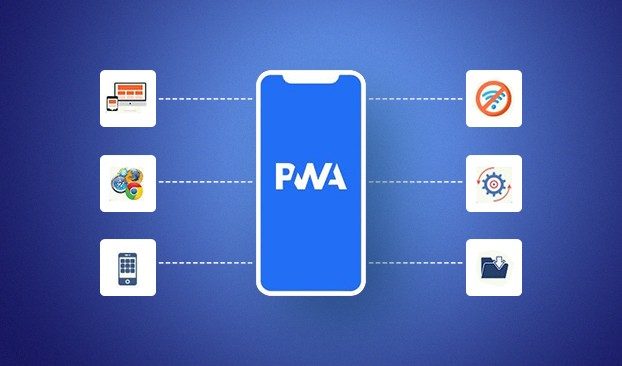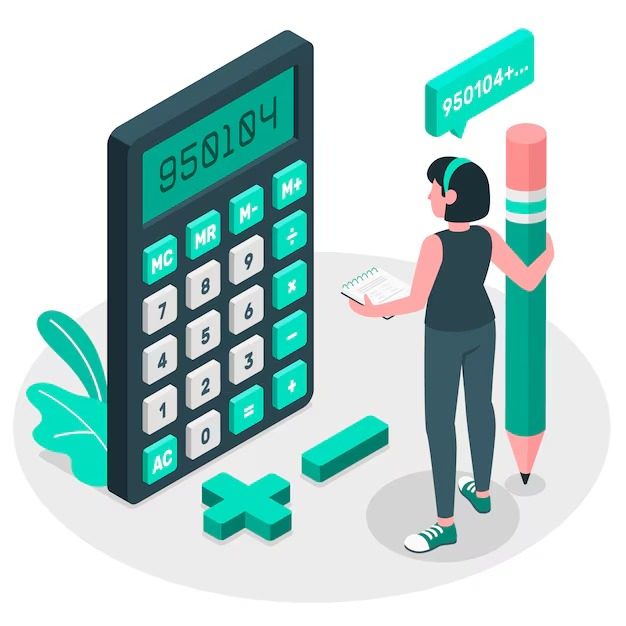Progressive Web Apps (PWAs) have emerged as a g*me-changing solution for businesses aiming to offer seamless, fast, and engaging web experiences to their users. By combining the best features of both web and mobile applications, PWAs provide a unique set of advantages that improve user satisfaction, increase engagement, and boost performance. This article dives deep into the world of PWAs, explaining what they are, how they function, and why they should matter to your website strategy.
What Is a Progressive Web App (PWA)?
A Progressive Web App (PWA) is a type of web application designed to provide a native app-like experience using standard web technologies such as HTML, CSS, and JavaScript. PWAs leverage modern web capabilities to deliver a more responsive, reliable, and engaging user experience, with the added benefits of offline functionality, fast loading times, and push notifications.
Unlike traditional mobile apps, which need to be downl*aded from app stores, PWAs can be accessed directly through a web browser, allowing users to interact with the app without the friction of installation or updates. This makes PWAs an attractive option for businesses looking to expand their digital footprint without the overhead of developing separate apps for multiple platforms.
Key Features and Benefits of PWAs
PWAs offer several advantages that make them an essential consideration for businesses looking to optimize their websites. Some of the most notable benefits include:
1. Improved Performance and Speed
PWAs are designed for speed. Through features such as caching and service workers, PWAs enable pages to load quickly, even in low-network conditions. Service workers cache critical assets and allow the app to function offline or in unreliable network environments. As a result, users experience faster load times, which directly impacts user satisfaction and conversion rates. According to Google, users are 53% more likely to abandon a mobile site if it takes longer than three seconds to load.
2. Offline Access
One of the standout features of PWAs is their ability to function offline or in areas with poor connectivity. By storing data locally in a browser, PWAs allow users to continue interacting with the app even when they don’t have an active internet connection. This is particularly beneficial for users in areas with intermittent internet service and enhances the overall user experience.
3. Seamless Installation
PWAs can be added to a user’s device home screen directly from the browser without needing to visit an app store. This process, known as “Add to Home Screen”, is simple and doesn’t require the user to downl*ad a large app package. By making installation quick and hassle-fre*, PWAs encourage more users to “install” your app, which increases engagement and retention rates.
4. Engagement through Push Notifications
PWAs support push notifications, allowing you to send timely updates and personalized messages directly to your users, even when they’re not actively browsing your site. This functionality helps businesses maintain user engagement and bring users back to their website, leading to higher retention rates and more frequent interactions with the app.
5. Cross-Platform Compatibility
PWAs work across all devices and operating systems, including desktop, mobile, and tablet, without the need for separate development efforts for each platform. This makes them an efficient solution for businesses looking to deliver a consistent user experience across multiple devices, without the time and cost investment associated with native apps.
6. Cost-Effective Development
Building and maintaining a native mobile app for multiple platforms can be costly and time-consuming. PWAs eliminate this need by offering a single codebase that works across all platforms. For businesses, this can lead to significant savings in both development and maintenance costs, while also reducing the complexity of app management.
How Do PWAs Improve User Experience?
The user experience (UX) is at the heart of any successful website or app, and PWAs provide numerous ways to enhance it. Here’s how:
Speed and Performance
PWAs are optimized for fast performance from the very first visit. When users land on your site, they experience near-instant loading times, which reduces bounce rates and improves retention. By using cached data and preloading critical resources, PWAs ensure that subsequent visits are faster than the first.
Responsive Design
PWAs adapt to any screen size, ensuring a consistent and optimized experience on all devices. Whether users access the app from a mobile phone, tablet, or desktop, they’ll get the same high-quality experience without the need for a different version or layout. This consistency improves usability and leads to higher user satisfaction.
Reliable Performance in Any Condition
Thanks to service workers and caching mechanisms, PWAs offer reliable performance, even when users experience spotty or no network connection. This feature eliminates the frustration of slow loading times or unresponsive sites, improving the overall user experience in a wide range of conditions.
Why Do PWAs Matter for Your Website?
With the growing importance of mobile-first design and the increasing demand for seamless digital experiences, PWAs are becoming a crucial element of modern website strategies. Here’s why PWAs matter for your business:
1. Higher Conversion Rates
One of the biggest advantages of PWAs is the increase in conversion rates. By offering faster load times, push notifications, and offline capabilities, PWAs create a more engaging and frictionless experience for users, encouraging them to stay longer and complete desired actions (e.g., making a purchase, filling out a form, etc.).
2. Better SEO Performance
PWAs can have a positive impact on your SEO efforts. Since PWAs are essentially websites, they are indexed by search engines like Google, making them discoverable through organic search. The fast load times and mobile-friendly design associated with PWAs also contribute to better rankings, as page speed is a key ranking factor for search engines.
3. Increased User Retention
With features such as push notifications, offline access, and fast load times, PWAs keep users engaged and coming back. The ability to access the app from the home screen and receive relevant notifications makes users more likely to return to your website or app, resulting in increased retention rates.
4. Cost and Time Efficiency
For businesses with limited resources, PWAs present a more cost-effective alternative to developing separate native apps for different platforms. This cost efficiency doesn’t come at the expense of performance or functionality, making PWAs an attractive option for many businesses.
Why Partner with a Web Design Companies for PWAs?
When considering the development of a Progressive Web App for your business, working with an experienced web design company in USA can make a significant difference. A reputable web design agency can ensure that your PWA not only meets the technical specifications but also provides an optimal user experience.
Experienced web designers in the USA bring a wealth of knowledge regarding the latest trends and best practices for PWAs, helping your website stay competitive in the ever-evolving digital landscape. Moreover, they understand how to integrate mobile-first design principles with advanced PWA features to maximize both functionality and user engagement.
Conclusion
Progressive Web Apps (PWAs) represent a significant advancement in web development, offering businesses a unique opportunity to deliver fast, reliable, and engaging user experiences across all devices. By combining the best elements of both web and mobile apps, PWAs can improve performance, increase engagement, and boost retention, all while offering cost-effective and cross-platform solutions. If you want your website to stay competitive and deliver top-notch user experiences, adopting PWA technology is an essential step in the right direction.












